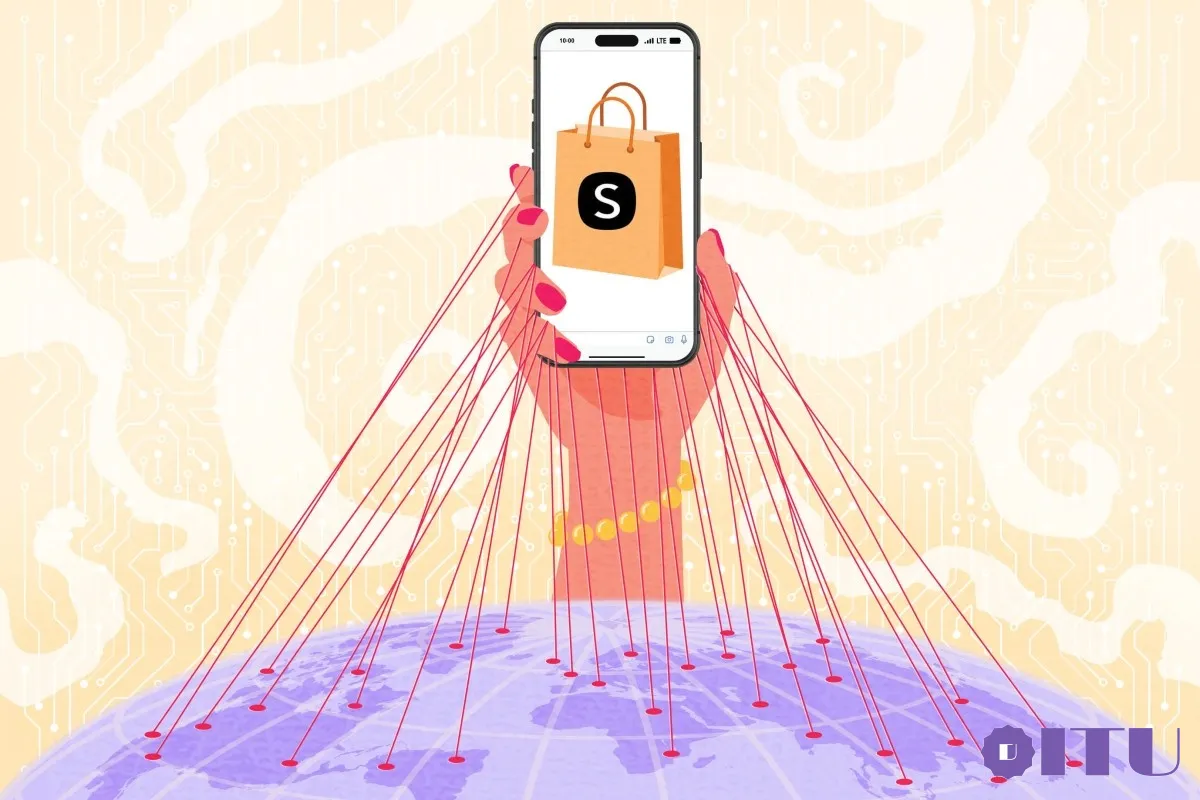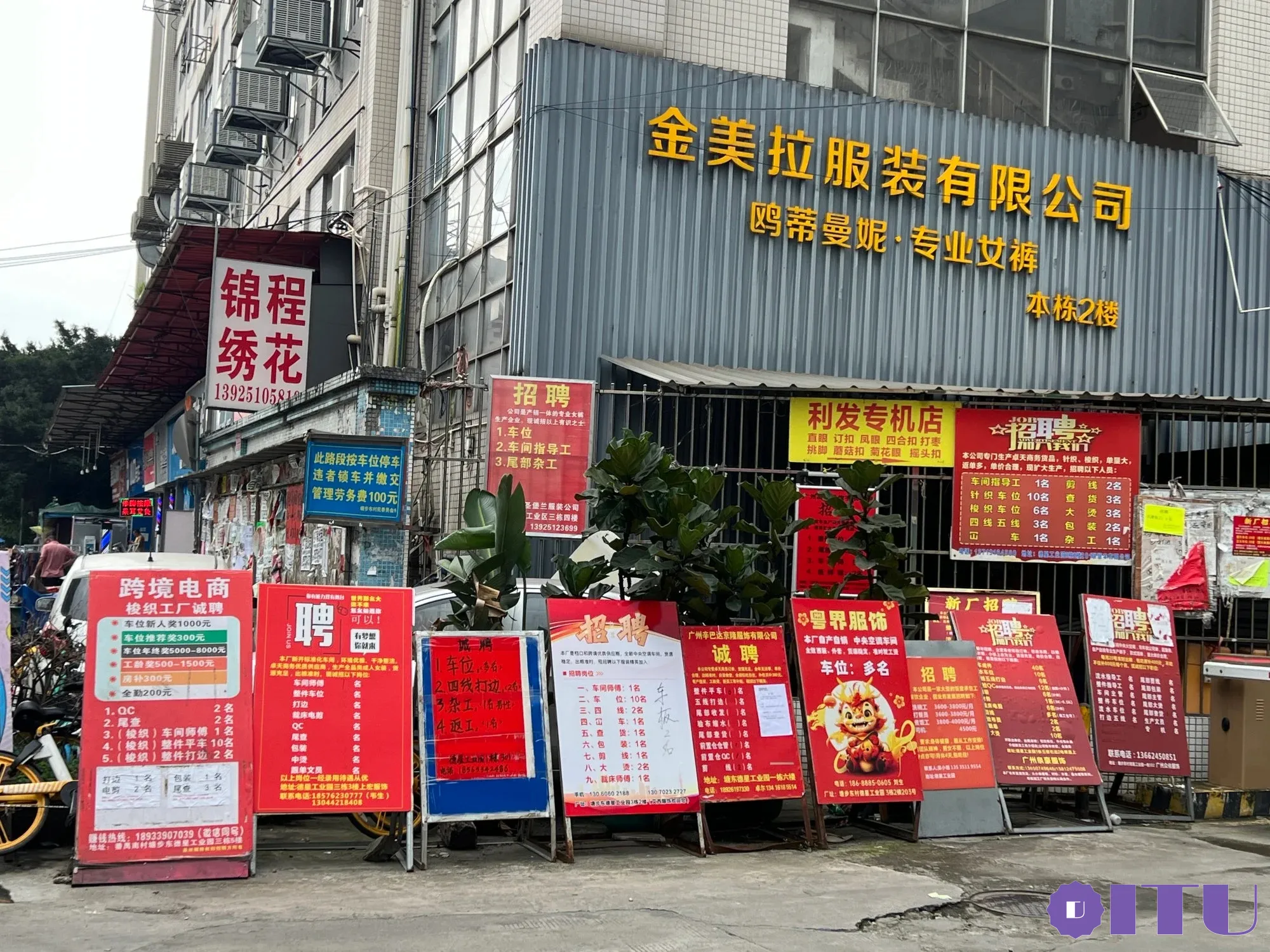From an unknown brand, Shein became a craze, beating out Amazon, Zara, and H&M, thanks to a working principle that no other competitor could do: Always pay on time.

In recent years, the city of Guangzhou, China is gradually forming a new generation of traders. Taking advantage of the Internet and the country’s large workforce, companies like Shein are quickly becoming competitors with global retail giants such as Amazon, H&M, etc.
Nestled in the middle of Guangzhou’s Panyu district, Shein’s supply hub is a maze of residential buildings and small factory complexes. In the nearby Dexing industrial park, walls and walkways are plastered with advertisements for workers. They are a necessary condition to meet the flood of orders coming from this e-commerce platform.
A factory that is looking for “cross-border” garment workers promises a salary of 1,000 yuan ($138) for new employees, an annual bonus of 8,000 yuan and a rent subsidy of 300 yuan. Another factory in need of an “unlimited” supply of labor prides itself on having air conditioning and “paying on time.”
What makes Shein successful?
According to the signs, each building has at least 7 workshops – Shanghong Garments, Hongze Clothing, Yuejie, Hongshi Clothing and Aixi Fashion. According to local government data, this is just one of hundreds of similar buildings across the city of Panyu, which is home to more than 7,000 manufacturing plants.
Shein and other competitors are the main resource for operating these small factories. Every day, trucks filled with the Shein logo stop by to fill up with batches of freshly made shorts and jeans. Many of these products will soon reach buyers half a world away, ordering with just one tap on a smartphone.

Job advertisements hang in front of garment factories in Guangzhou. Photo: Iris Deng.
“Shein’s core advantage lies in its flexible, fast supply chain and huge user base,” said Yao Kaifei, CEO and founder of e-commerce start-up BrandAI.
But Shein didn’t always have the same close relationship with suppliers as it does now.
In the early days of its establishment, founder Xu Yangtian and supply chain head Henry Ren Xiaoqing spent a lot of time visiting garment factories in Guangzhou to sign contracts.
Liu Mingguang, a former supply chain consultant at Shein, said that at first, many suppliers rejected Shein because the order volume was much smaller than that of traditional merchants. The company also only reorders if the item is favored by buyers.
According to the owner of a denim factory that works with Shein, the company typically requires factories to produce about 100 new products, while other customers order 10-20 times more.
Orders from Shein are also less lucrative, because clothes are sold at super cheap prices such as $5 T-shirts or $20 jeans. In addition, Shein’s rush delivery times also forced factories to suspend production for other partners and work overtime.
Shein has won the trust of its manufacturing partners by keeping its reputation and attracting customers with its cheap, trendy products. Photo: WSJ.
But gradually, Shein built an extensive network of manufacturers because it did what many competitors in the industry couldn’t do – always pay on time.
The trust Shein builds gives them an edge over their competitors. Meanwhile, shoppers all over the world are attracted by a diverse selection of clothes at low prices, in line with fashion trends.
Challenging the husband in front of Shein
To manage its complex network of partners, Shein has developed an in-house digital system, while also requiring new partners to take the supply chain management department’s training.
Through the Geiwohuo (meaning “give me the goods”) website, Shein sellers can access a wide range of data, including product listings, orders, and inventory management.
When a product sells well and the inventory is running low, the system automatically reorders orders from factories. According to suppliers, this practice allows Shein to replenish goods in 7 days, faster than the 14 days at Zara.
The rise of Shein and other Chinese apps, such as PDD’s Temu, ByteDance’s TikTok Shop and Alibaba’s AliExpress, has transformed China’s export industry. The Beijing government sees cross-border e-commerce as an important part of its plan to develop a “digital-age silk road” to bring Chinese goods to the world.
But overseas, the rapid expansion of Shein and others has attracted the attention of governments. The U.S. and EU are both considering imposing import tariffs on low-cost products purchased from online sites, while Indonesia is considering tariffs of up to 200 percent on Chinese goods to protect domestic firms.
Competition from rivals and tightening regulations by foreign governments put Shein in a difficult teh61. Photo: Bloomberg.
Shein also faces increasing competition from rivals. Amazon has recently launched a low-cost store specializing in selling clothes, home appliances… The platform allows Chinese sellers to ship directly to buyers in the US. Temu also set up an office just a 10-minute walk from Shein’s office in Guangzhou.
To stay competitive, Shein is trying to attract more sellers to the platform. This helps the company sell a wider range of goods, from beauty and skin care products to pet supplies, home décor, toys, etc.
A business development manager at Shein said that if the company only focuses on its own brands as it used to, the growth rate will slow down. According to him, Shein needs to expand its commodity portfolio to capture a larger market share.
According to employees, Shein’s founder and CEO Xu Yangtian is so secretive that people in the office often don’t recognize him.
Miao Miao, Shein’s chief executive, has appeared at vendor events but rarely speaks publicly. A seller manager on Shein said he was surprised when the executive praised him at an event.
However, as Shein pushes ahead with its initial public offering (IPO) plans, the company will need to be more open about its operations, SCMP said.